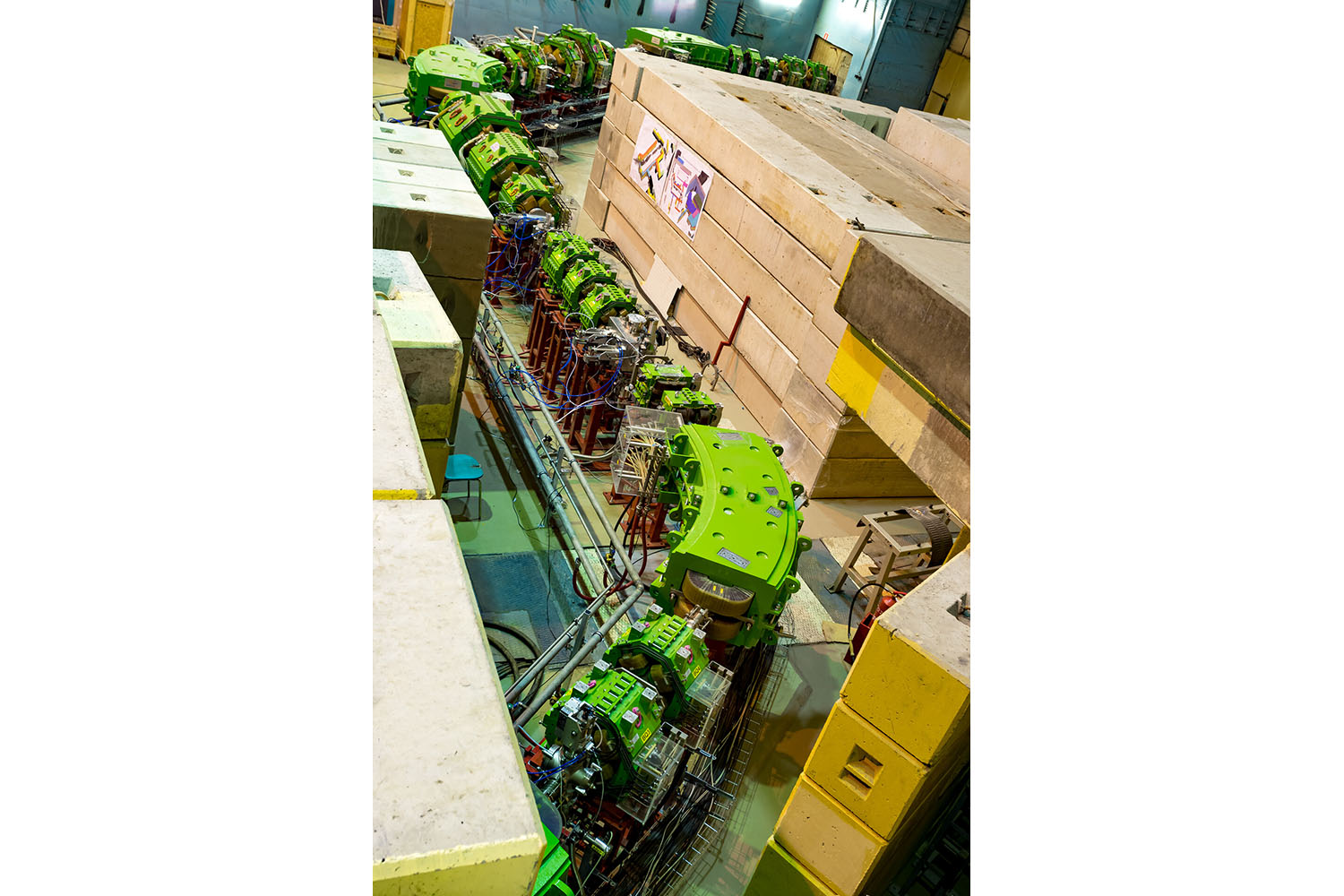Study of properties of heavy isotopes of hydrogen — 6,7H
News, 20 June 2022
Just recently, on 14 June 2022, the Physical Review C journal published the article “6H states studied in the 2H(8He,4He) reaction and evidence of an extremely correlated character of the 5H ground state” authored by E. Yu. Nikolskii, I. A. Muzalevskii, A. A. Bezbakh, V. Chudoba, S. A. Krupko, et al. The article is dedicated to the study of the properties of heavy isotopes of hydrogen – 6,7Н. Using the advantages of beams of radioactive nuclei obtained at the ACCULINNA-2 new fragment-separator of the Laboratory of Nuclear Reactions JINR, the authors have discovered a broad bump at ≈4–8 MeV in the 6H spectrum above the four-body decay of this nucleon into 3Н+3n decay threshold.
Reliability of experimental data for the 2H(8He,4He)6H reaction is based on careful accounting of background processes, the results of the study of the reference reaction 2H(10Be,4He)8Li, various angular and energy correlations of decay products and sufficiently high statistics — in the 6H spectrum, 4,650 events of 4He-3H double coincidences and 130 4He-3H-n triple coincidences have been registered. Two main conclusions have been made. They are based on the complex data analysis with an account of further development of the few body theory and its application for the description of energetic distributions of decay products of the system 6H → 5H(g.s.)+n → 3H +3n. Firstly, the position of the 6H state is located at about 4.5 MeV above the decay threshold 3H +3n. The second conclusion is that the decay of the 7Н ground state located at 2.2 MeV above the five-body-decay threshold (3H +4n) represents for the first time the discovered phenomenon of a truly five-particle decay, which is a result of passing the four-neutron system through the structural barrier.
This scientific paper, along with the previously published results of the 7Н state spectrum study [1,2], sheds light on the properties of the 6,7Н unknown exotic systems and demonstrates high potential of scientific discoveries at the ACCULINNA-2@U-400M complex.
- A.A. Bezbakh et al., Phys. Rev. Lett. 124, 022501 (2020).
- I.A. Muzalevskii et al., Phys. Rev. C 103, 044313 (2021).
Article on Physical Review C website
For any additional infromation, please contact Evgeny Nikolskii enikolskii@mail.ru.
